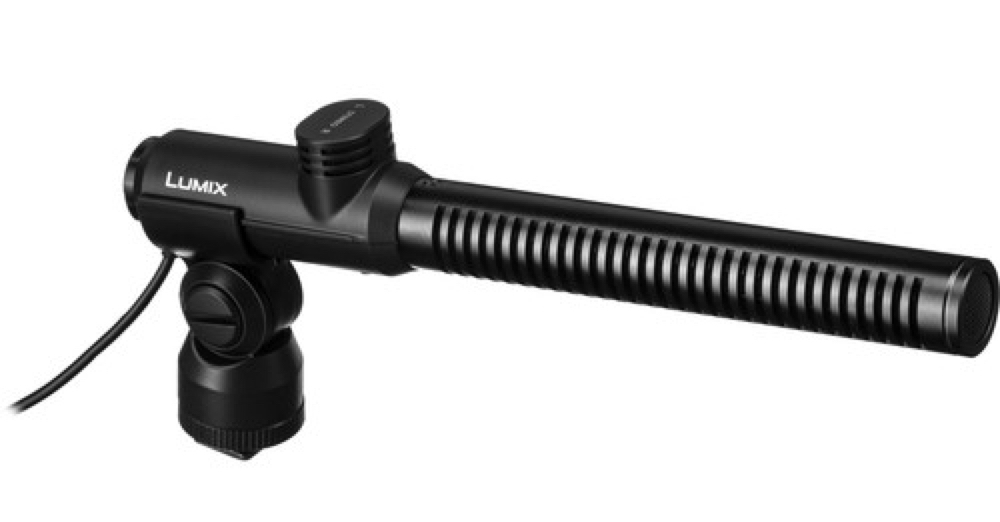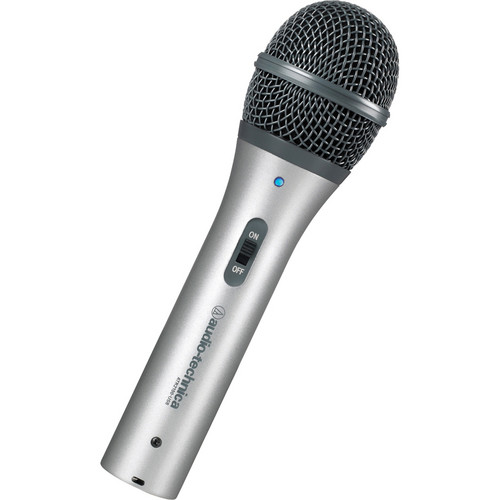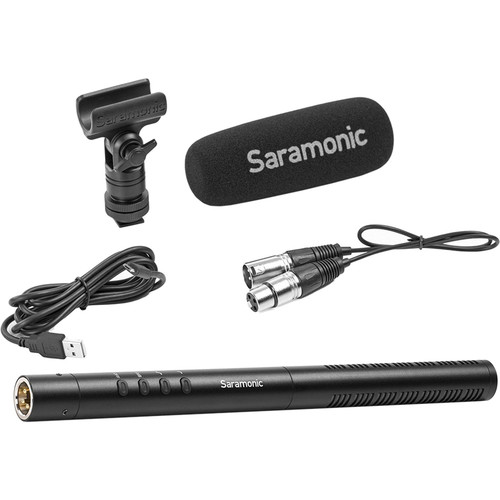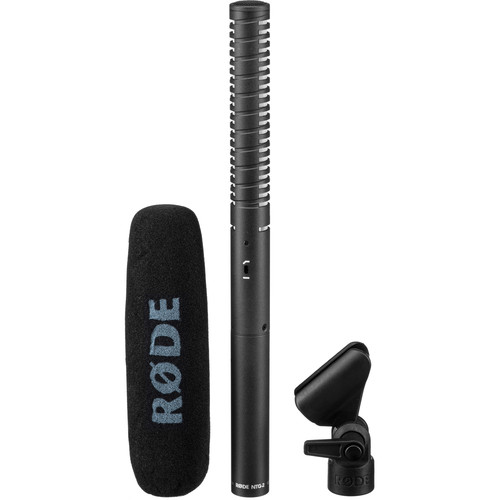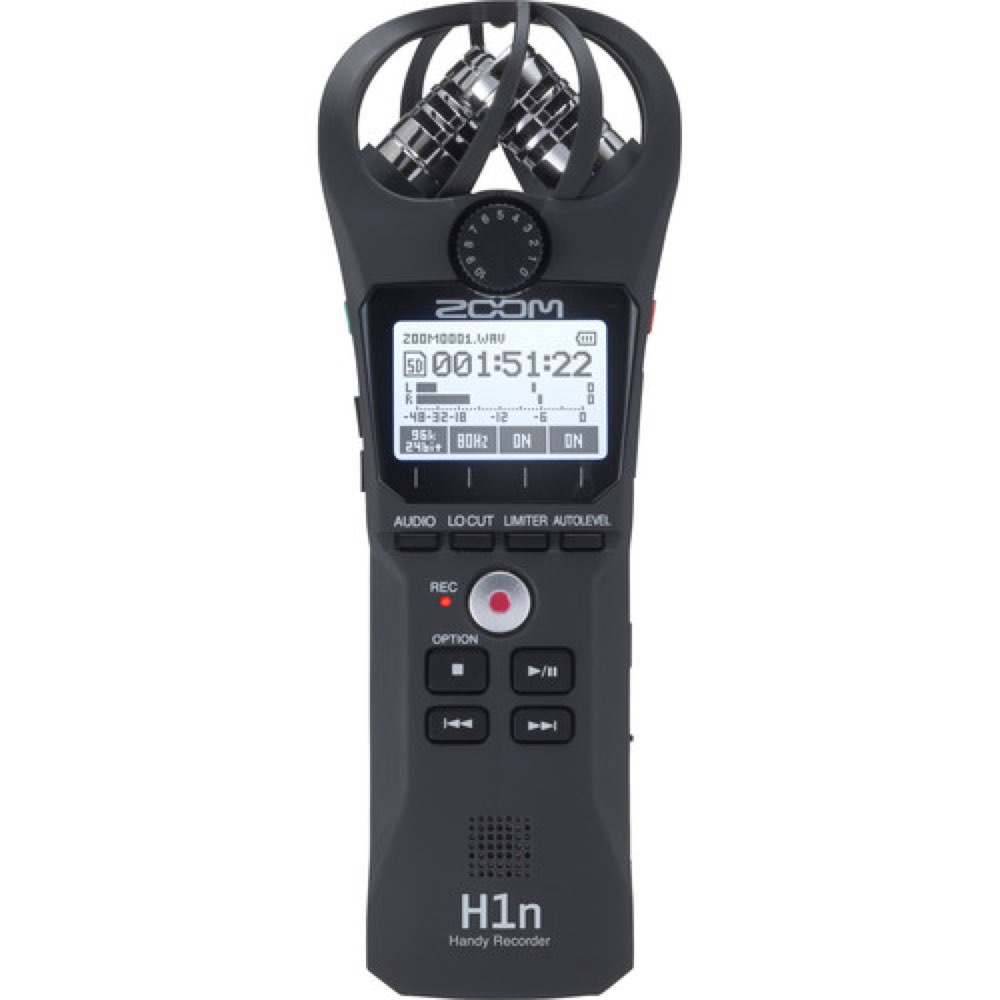DISCLAIMER
This article is not paid or sponsored by anyone. It reflects my own independent opinion. I only recommend companies and products that I trust. Some links might be affiliates, which means I may get a few pennies if you decide to purchase something.
Thanks in advance for your support!
In this post I compare 6 different microphones for filmmakers. On the next post I will compare 3 different wireless systems on 2 different configurations each. On both posts you will see the exact gear we used for the tests, and you will be able to listen to how each mic sounds while recording the same exact audio source. Sounds good? Let’s go!
The Importance of Clean Audio.
I strongly believe sound is the most important element on a film. We can have the most amazing story, stunning visuals and masterful editing and transitions, but add crappy sound and the viewer will tune out immediately.
For a number of reasons I own different audio sets, but never actually took the time to test them side by side. Until now. A few days ago I called my incredibly talented friend Tiago Canadas who owns Poison Apple Studios, a professional recording studio in Lisbon.
“Poison Apple Studios is a modern recording facility for today´s musician, band, producer, equipped with some of the most cutting-edge and old-school gear within an environment that is dedicated to one thing: creating great music. “

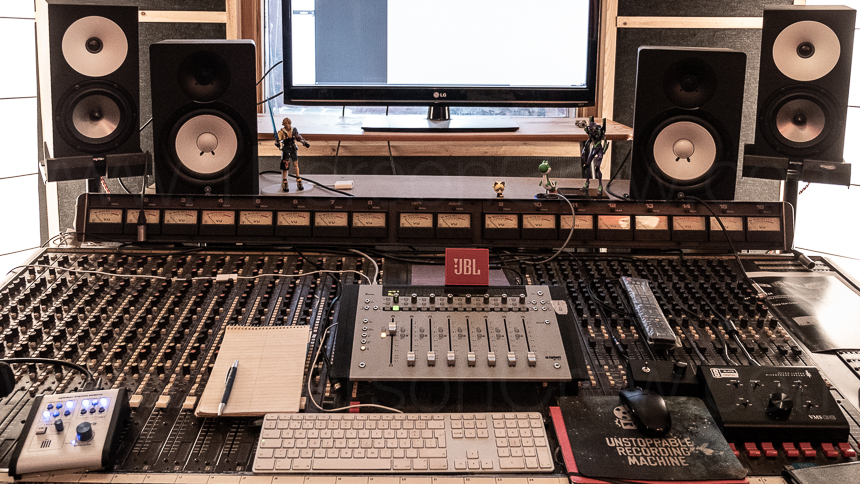
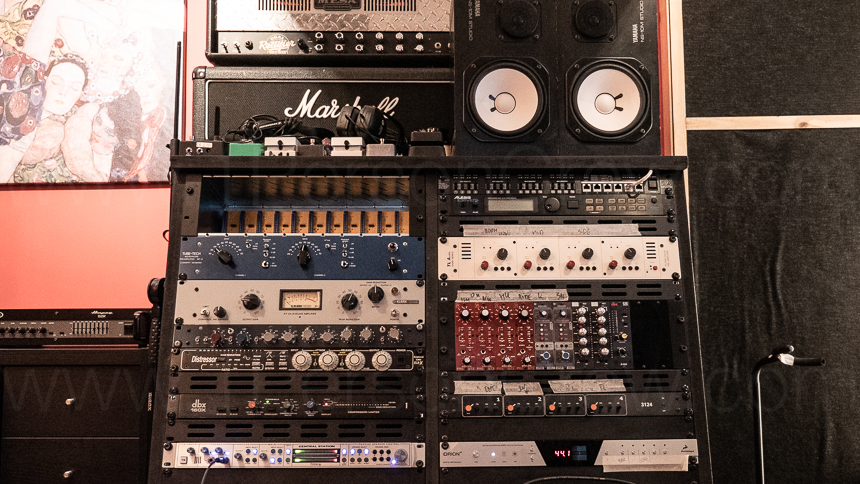
Why these tests?
I often joke about how many people spend all their money on a camera, get the kit (aka shitty) lens that comes with it, and if there’s any money left they buy the crappiest tripod in the world. It should be the opposite, as a good solid tripod can last 20 years, a great lens at least 5 to 10 years, and the cameras are being replaced by cheaper, better, faster alternatives every 18 months or less. Well, the same goes with audio gear. You can have a great field recorder and a professional mic, add a low-quality XLR cable and you get low-quality sound.
I’ve set a few professional goals regarding sound for 2019; pay more attention to audio recording while on location, add more sound effects to my projects, get better at choosing the music that enhances the story, and get a better technical understanding of mixing and mastering.
We spent an afternoon designing a test to compare three XLR shotgun mics, three on-camera shotgun mics, three wireless systems connected to a camera, and the same three wireless systems connected to a field recorder.
The Setup
At some point we considered plugging the mics to Pro Tools and go nuts analyzing the different tracks. But the main goal was to test which mic/system would perform best under real-life situations for people working as a 1 Person Crew, so we chose one of the most popular cameras among indie filmmakers and the most basic field recorder we could find. Tiago chose a 30 second audio clip of a woman singing, and we meticulously set the mics at exactly the same distance and angle from the speakers.
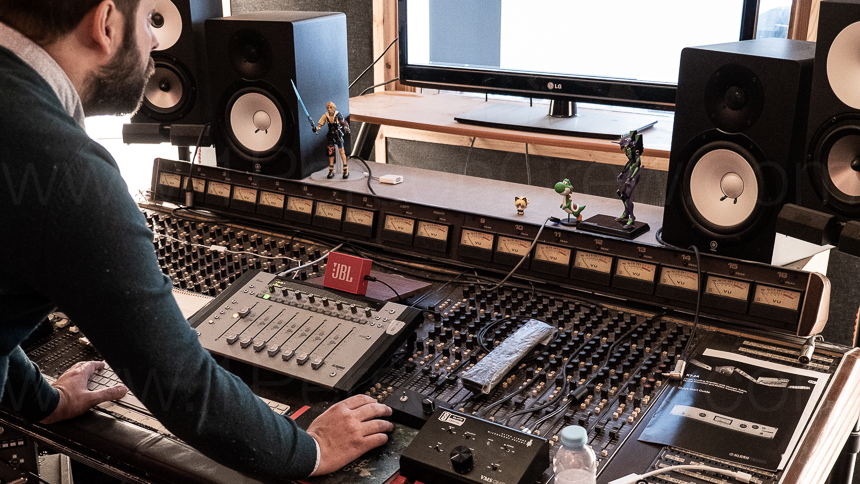
The Settings
We recorded all the microphones at 48000 Hz Stereo 24 bit, and used the same output settings to export the .wav files from Adobe Premiere Pro.
We tested three on-camera shotgun mics connected to a Panasonic GH5
- Panasonic DMW-MS2 – $200 at Amazon and B&H
- Saramonic Vmic Mini – $59 at Amazon and B&H
- Rode VideoMic GO – $62 at Amazon and B&H
Eduardo’s Comments: Saramonic mini shotgun is as good as the rode video mic go that I’ve used for many many years. The Panasonic shotgun picks up a lot more ambient sound than the other two shotgun mics. The Saramonic Vmic Mini and Rode VideoMic GO seem even in quality (and price).
See Tiago’s Comments at the end of the post.

Listen to all three samples and choose the one that you think is the highest-quality audio.
We tested three XLR shotgun mics connected to a Panasonic GH5 using Panasonic’s DMW XLR1 Adapter
- Rode NTG2 – $269 at Amazon and B&H
- Audio-Technica ATR2100 – $64 at Amazon and B&H
- Saramonic SR-TM1 – $199 at Amazon and B&H
Eduardo’s Comments: This was not a fair competition for the Audio-Technica, as it is a completely different type of mic. The Rode NTG2 has a crisper sound than the Saramonic Shotgun. To me the Rode NTG2 performed better on this test..
See Tiago’s Comments at the end of the post.

Listen to all three samples and choose the one that you think is the highest-quality audio.
Conclusions
Tiago’s Comments: The sound from all mics is poor, but this wasn’t a fair test for any of the mics. We should redo the test, adjusting each mic to perform its best and record actual human voices, not a recording.
On the next post I’ll share the second part of these test, using three different wireless mic kits (with the same set up) on two different recording devices.
Your Turn!
So here’s a question for you (the reader): If we redo this test, how would YOU like us to test these mics? Write your comments below, send me an email or even a Tweet.
MY VIDEO GEAR
Amazon
ONLINE COURSES
Lynda.com
Mini Tutorials
LinkedIn Learning
SOCIAL
YouTube: 1PersonCrew
Instagram: @1PersonCrew

